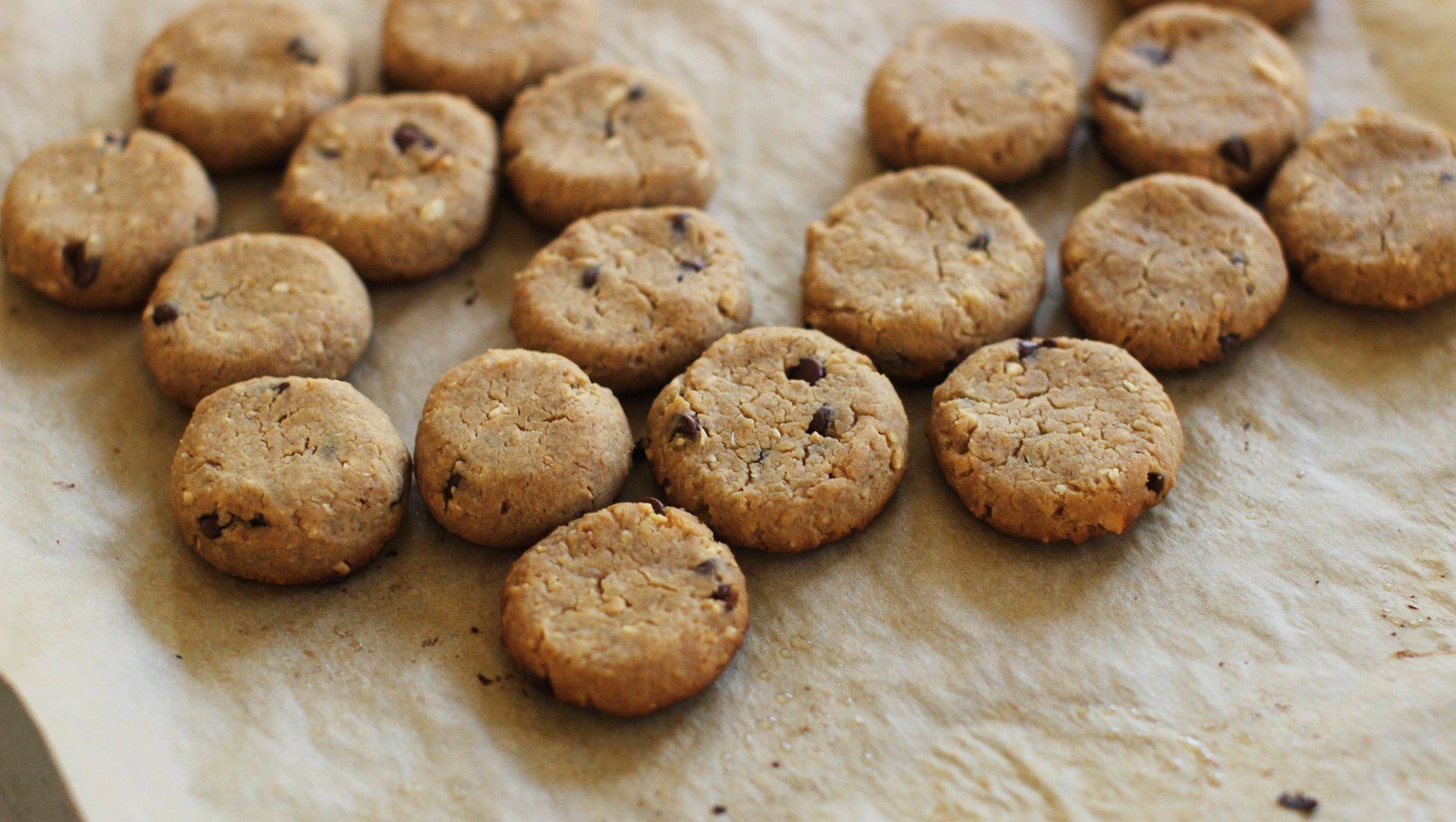Google tested its AI by having it fine tune chocolate chip cookie recipes
After programmers build an AI algorithm, they need to help it learn from data. But since recently-fashionable deep neural networks are too complex for even their creators to understand exactly how they learn, programmers are left fine-tuning through trial-and-error adjustments, a potentially time-consuming process.


After programmers build an AI algorithm, they need to help it learn from data. But since recently-fashionable deep neural networks are too complex for even their creators to understand exactly how they learn, programmers are left fine-tuning through trial-and-error adjustments, a potentially time-consuming process.
Google’s answer? Have neural networks help the neural networks.
The search company, along with a handful of startups like SigOpt, are now working to automate this task, called hyperparameter tuning, which is one of the main reasons why humans are needed to build AI in the first place.
Google outlined its work on a project called Vizier in a recent research paper surfaced by ImportAI newsletter author and OpenAI communications and strategy director Jack Clark. Vizier is the title of a high-level adviser to royalty, Google says, which is in essence what the system does—advise AI systems on the best way to do a task.
Think of hyperparameters like a recipe to make a deep neural network. They define important aspects, like how complex the network is or how many layers it should have. Google Vizier makes the recipe millions of times, noting potentially thousands of differences when hyperparameters are changed. The network does this until some best solution is found, as originally defined by humans. However, the tuning algorithm is also a black box—this method gives no insight into biases it might instill into the original neural network.
To test how well this optimization algorithm worked, Google applied it to another kind of recipe: chocolate chip cookie. The company gave its dessert contractor (what a life) recipes that change twice a week over several weeks, according to the Google research. Employees gave feedback each time they ate the “machine learning cookies,” which helped the algorithm learn what was good and bad.
The cookie trial highlighted some of the things Vizier did well, like understand quickly that too little butter would make a cookie crumbly (that model would be called a “garbage model”), or understand the differences between baking 20 cookies and baking 200.
In the end, the cookies turned out to taste good.
“Later rounds were extremely well-rated and, in the authors’ opinions, delicious,” the Googlers wrote.